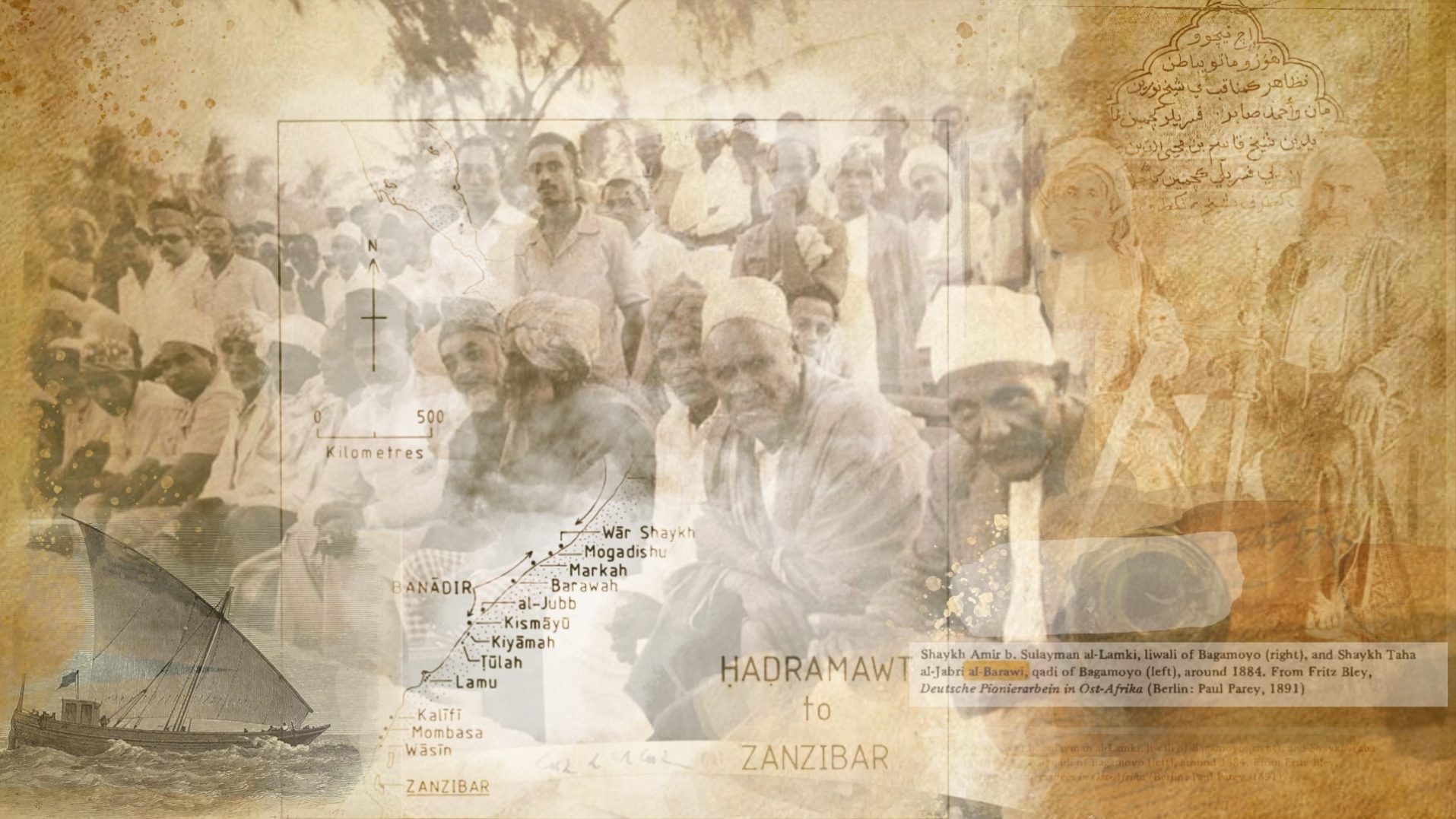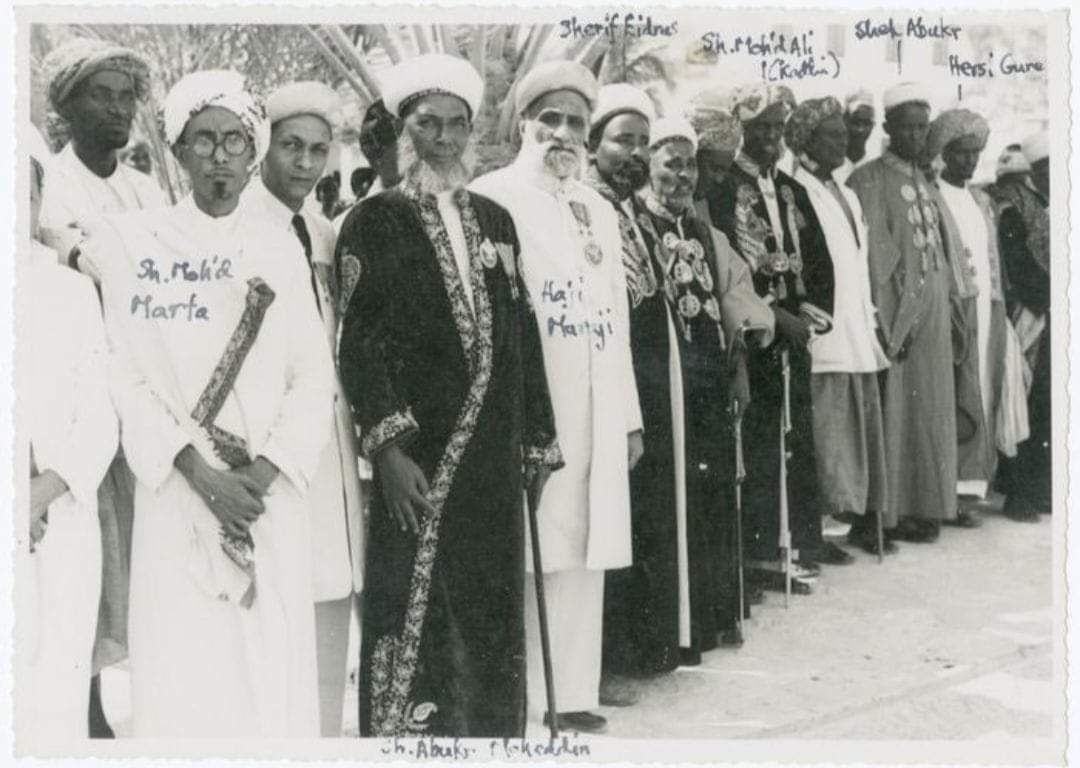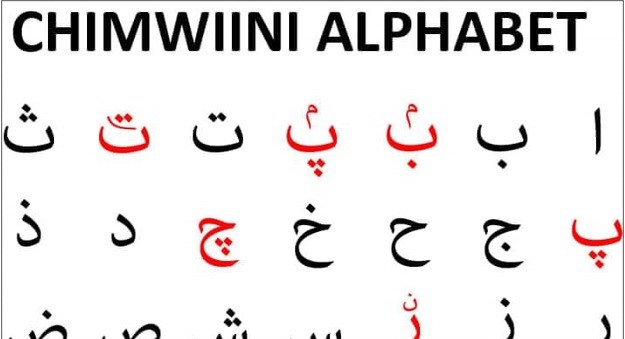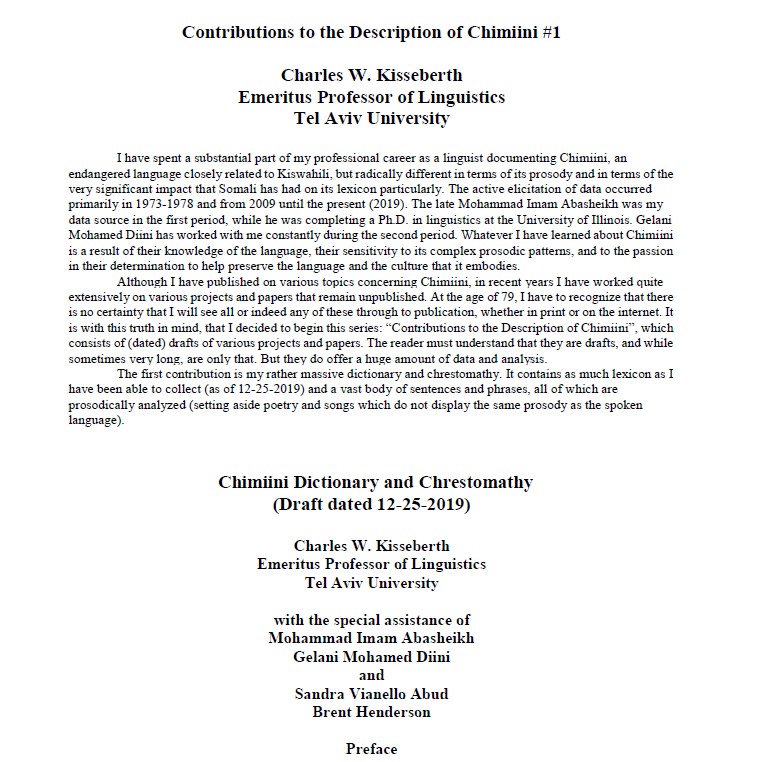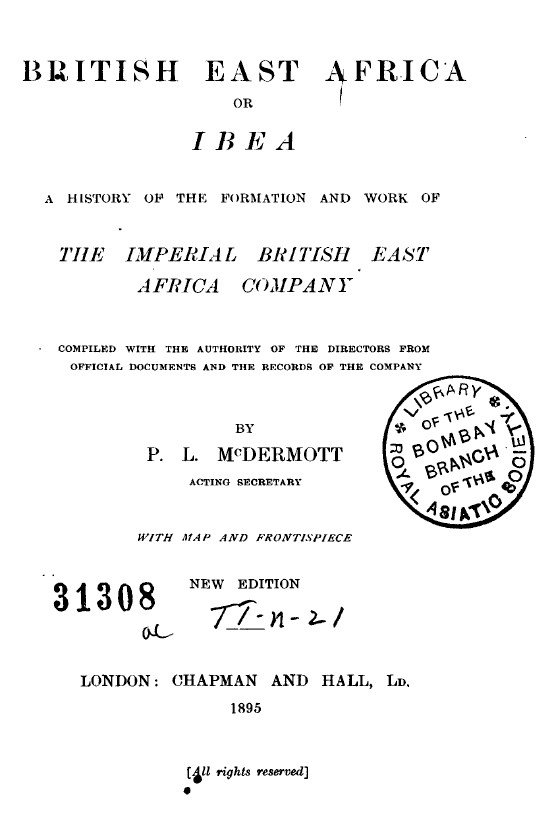Some of the greatest mashā’ikh of Hadīth—such as Shams al-Dīn al-Dhahabī (673/1274–748/1348), Zayn al-Dīn al-‘Irāqī (725/1325–806/1404), Ibn Nāsir al-Dīn al-Dimishqī (777/1375–842/1438), Taqī al-Dīn al-Maqrīzī (764/1364–845/1442), Ibn Hajar al-‘Asqalanī (773/1372– 852/1449), Shams al-Dīn al-Sakhāwī (831/1428–902/1497), and many others—have been taught by Hadīth experts that hailed from the Banadir Coast.
Al-Dhahabī mentions in his Greater Dictionary of Teachers ‘Mu‘jam al-Shuyūkh al-Kabīr’ one of his teachers in Hadith from Mogadishu by the name of Muhammad b. ‘Alī b. Abī Bakr, the Great Jurist, the scholar, Shams al-Dīn, al-Tamīmī, al-Maqdishāwī (الْمَقْدِشَاوِيُّ) al-Shāfi‘ī (648/1250–718/1318). Al-Maqdishāwī “transmitted hadith from al-Kamāl Ibn al-Dakhmīsī al-Hamawī (600/1204–671/1273), whom he met in al-Rūm.” Perhaps in Istanbul, though Ibn al-Dakhmīsī was of Greek origin. [Mu‘jam al-Shuyūkh al-Kabīr].
Ibn al-Dakhmīsī is, Kamāl al-Dīn Ahmad b. Abī al-Fadā’il b. Abī al-Majid al-Hamawī b. al-Dakhmīsī, died somewhere in India. His sanad of Bukhārī is taken by many scholars through al-Maqdishāwī, including al-Dahabī. Ibn al-Dakhmīsī is important figure. [See Tadkirat al-Hufād, chronological history of hadith scholars’ biographies by al-Dahabī; and Salāh al-Dīn al-Safadī’s al-Wāfī bil Wāfīyāt].
Al-Maqdishāwī travelled to India, Irāq, Damascus, and performed Hajj many times, and stayed in Mecca (حَجَّ مَرَّاتٍ وَجَاوَرَ). al-Dahabī then narrates one of the Ahādith he heard from al-Maqdishāwī in the year 710/1310, at the mature age of 37 years, while al-Maqdishāwī heard it from Ibn al-Dakhmīsī in the year 670/1272 in India. al-Maqdishāwī died in 718/1318 at the age of 70 years. [Mu‘jam al-Shuyūkh al-Kabīr]
Ibn Nāsir al-Dīn al-Dimishqī (777/1375–842/1438) and Ibn Hajar al-‘Asqalanī (773/1372– 852/1449), both of whom reworked al-Dahabī’s encyclopedic works, mostly of which they took from the latters son Abū Hurayra ibn al-Dahabī, mention al-Maqdishāwī. Ibn Hajar after he reproduces some of what al-Dahabī, says; “I say: He [al-Maqdishāwī] is named after Maqdishāwah (مقدشاوة) which is located at the boundaries of India.” Perhaps he meant Indian Ocean. See his Tabsīr al-Muntabih bi Taḥrīr al-Mushtabih, completed in 816/1413, which is a reworking and addendum of al-Dahabī’s al-Mushtabih, which inturn is based on several collections of encyclopedic biographies of hadīth transmitters.
However, few years later, in 823/1420 Ibn Hajar’s contemporary, Ibn Nāsir al-Dīn al-Dimishqī (777/1375–842/1438), further edited al-Mushtabih, wherein Ibn Hajars Tabsīr fell short of Dahabī’s work calling it Tawdhīḥ al-Mushtabih fī dabt asmā’ al-Rawāt wa ansābahum wa alqābahum wa kanāhum.
In untangling place names Ibn Nāsir al-Dīn clarifies; “He is named after Maqdishū, which is a famous town located between the Habashi coast and the Zanj.” (Tawdhīḥ al-Mushtabih fī dabt asmā’ al-Rawāt wa ansābahum wa alqābahum wa kanāhum).
It is Ibn Hajars’ Inbā’u Ghumar wherein he mentions again another Mogadishian; “Muḥammad b. Muḥammad b. Aḥmad al-Maqdishi [Mogadishu]. He heard most of Saḥīḥ Muslim from Ibn ‘Abd al-Hādī [al-Hanbalī] (d. 749/1348) and he transmitted from him. I have heard [Hadīth] from him. He was virtuous, worshipped allot, clean of heart.” [Inbā’u al-Ghumar bi Anbā’i al-‘Umari].
Al-Maqdashī seems to have reached old age and was able to transmit; “He reached the [high] age of 90 years.” [Tabsir al-Muntabih].



